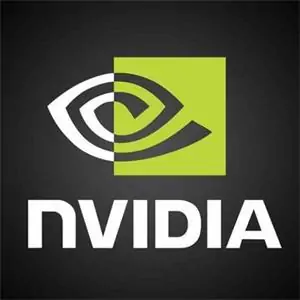AMD RX 6800 XT vs Nvidia RTX 4070 Ti


AMD Radeon RX 6800 XT and NVIDIA GeForce RTX 4070 Ti are currently very popular high-end graphics cards on the market. They both offer excellent performance and gaming experience, but there are some key differences between them in terms of architecture, core count, memory, frequency, performance, and price.
AMD Radeon RX 6800 XT is based on the RDNA 2 architecture, while NVIDIA GeForce RTX 4070 Ti is based on the Ada Lovelace architecture, which is NVIDIA's latest GPU architecture known for higher efficiency and more powerful performance.
The RX 6800 XT has 4608 stream processors, while the RTX 4070 Ti has 7680 CUDA cores, giving the RTX 4070 Ti an advantage in core count.
The RX 6800 XT comes with 16GB of GDDR6 memory, while the RTX 4070 Ti comes with 12GB of GDDR6X memory, which offers higher bandwidth and faster speeds, giving the RTX 4070 Ti an edge in memory performance.
The base clock for the RX 6800 XT is 1825MHz with a boost clock of 2250MHz, while the base clock for the RTX 4070 Ti is 2310MHz with a boost clock of 2610MHz, giving the RTX 4070 Ti an advantage in frequency.
AMD Radeon RX 6800 XT
Pros:
Powerful gaming performance
16GB of VRAM
Supports ray tracing
Cons:
High power consumption
High heat output
Relatively high price
NVIDIA GeForce RTX 4070 Ti
Pros:
Utilizes the new Ada Lovelace architecture for enhanced performance
Supports ray tracing and DLSS 3
12GB of VRAM
Cons:
High power consumption
High heat output
Relatively high price
Graphics core
| Release Date | November 18, 2020 | January 5, 2023 |
| Generation | RDNA 2 | Ada Lovelace |
| Applicable Type | Desktop | Desktop |
| Processor Number | RX 6800 XT | RTX 4070 Ti |
| Bus Interface | PCI Express 4.0 x16 | PCI Express 4.0 x16 |
Memory
| Memory Capacity | 16GB | 12GB |
| Memory Type | GDDR6 | GDDR6X |
| Memory Bus Width | 256bit | 192bit |
Clock speed
| Base Clock | 1825MHz | 2310MHz |
| Game Clock | 2015MHz | |
| Boost Clock | 2250MHz | 2610MHz |
Render Config
| Number of Stream Processors | 4608 | |
| Number of Texture Units | 288 | |
| Number of Raster Units | 128 | |
| CUDA Core Count | 7680 | |
| Texture Unit Count | 240 | |
| ROP Count | 80 |
Theoretical Performance
| Single-Precision Floating Point Performance | 20.74 TFLOPS | 40 TFLOPS |
| Double-Precision Floating Point Performance | 10.37 TFLOPS | 20 TFLOPS |
Graphics Processor
| Manufacturing Process | 7nm | 4nm |
| Number of Transistors | 26.8 Billion | 40 Billion |
| Die Size | 336mm² | 295mm² |
Board Design
| Power Connectors | Dual 8pin | Dual 8pin |
| Cooling | Dual-Slot Air Cooled | Dual-Slot Air Cooled |
| PCB Dimensions | 267mm x 120mm | 242mm x 112mm |